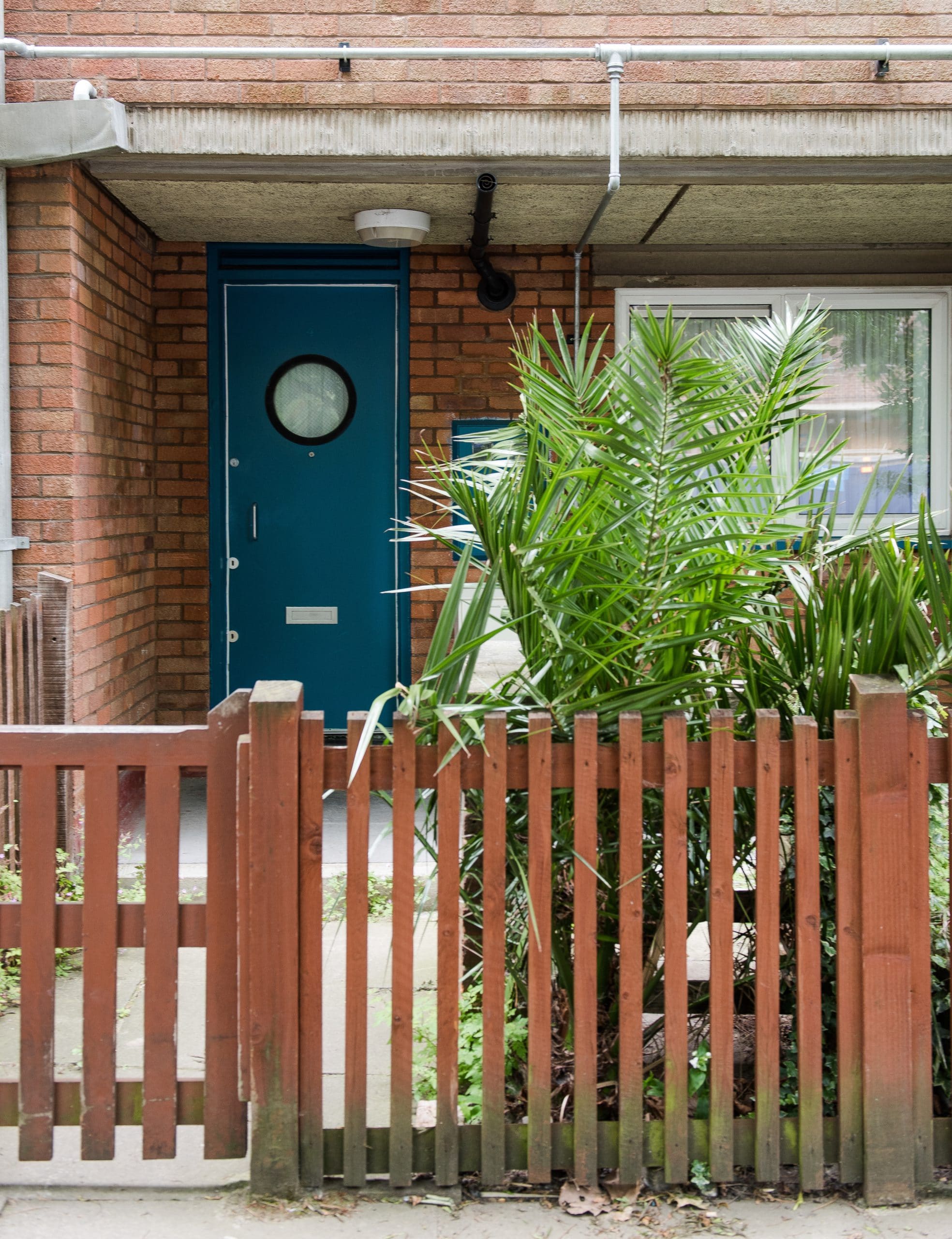Just before the New Year commercial squatting made headlines when activists travelled from all across London to take up residence in the former Royal Mint. The grade II listed Johnson Smirke building, built in 1807, was transformed as banners were draped from the windows, reading slogans about climate change and homelessness. Subsequently, the media has been awash with news stories outlining concerns around rising property prices, increased demands for housing, fears of unemployment and changes to the benefits system. Between the politically charged protests and the financially fuelled UK property crisis, squatting has now risen to higher proportions and become costlier than ever
In 2012, squatting was made a criminal offence following government concerns ‘about the serious direct financial and emotional impact squatting can have on the owner and occupiers of property’. Despite this, however, squatting in non-residential buildings is still not a criminal offence under current law.
Following the changes in the law, a property litigation partner at CRS (Charles Russell Speechlys) made a report to the Financial Times claiming that there had been a 100 per cent rise in the number of instructions relating to commercial property squatting. Insurance groups confirm that claims as a result of squatters have increased in recent years and in some cases claims for more than £1 million have been made. Commercial premises are becoming the primary targets of squatters as they are a ‘safer’ alternative, leading to property managers now needing to re-evaluate the security solutions being implemented on their portfolios or risk huge financial costs.
It is estimated that the number of people squatting in the UK has increased from 9,500 in 1995 to around 20 to 50 thousand today. Figures from a recent BIFM (British Institute of Facilities Management) survey show that 16 per cent of respondents were experiencing an increase in commercial squatting. Unsurprisingly, according to property managers the highest rate of commercial squatting is in London (83 per cent), followed by the South East (78 per cent), Wales and the North West (75 per cent), and the Midlands (73 per cent).
Evicting squatters in commercial properties is not easy in England and Wales, and may involve a protracted county court process. Squatting in these buildings is only a civil offence and, as a result, the police can only become involved if another crime, such as breaking and entering, has occurred. Squatters can be arrested if another offence is committed, this can include criminal damage caused by drilling holes, for example; or theft if anything is removed from the property, like fixtures and fittings. Furthermore, under the Environmental Protection Act 1990, local authorities can take action if squatters fly-tip or create excessive noise.
In 2015, around 40 alleged squatters were removed from a Leytonstone branch of a London supermarket chain; it was thought that they had been using the building for residential purposes for over a year. Considering the amount of damage that had occurred and the ad hoc alterations to the electricity, the estimated costs to the landlord would have been substantial; all of which could have been avoided had the space been properly secured to prevent anyone from entering in the first place.
In the more recent case of the squatters in the former Royal Mint, a court ruling ordered the activists to leave the premises by New Year’s Eve. The ruling came after concerns were raised that an illegal rave was planned to take place in the £75 million building. The estimated security costs, had the rave managed to go ahead, were thought to be in excess of £100,000.
The best method when dealing with the issue of squatting is to take a proactive approach and remove the risk of it happening in the first place with a bespoke vacant property solution. To help ensure your empty property is safe from intruders some key considerations are:
1. Carry out a risk assessment looking at how squatters could access the property and what damage or injury could be caused. If a squatter or intruder is injured within the property, the owners may be liable.
2. Check the compliance of protective installations such as fire detection and alarm systems, and disconnect services to the property to prevent water or fire damage.
3. Maintain the building to give it the appearance of being occupied. Unkempt exteriors, damaged windows and empty spaces are a clear indicator that a property is vacant.
4. Place property guardians to live within the property.
5. Physically secure the building against break-ins. Boarding up a property with demountable steel screens may look unappealing, but they are an effective way of preventing squatters from entering a property in the first place.
Sourced from www.proffesionalsecurity.co.uk








